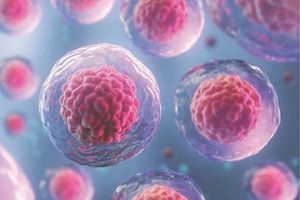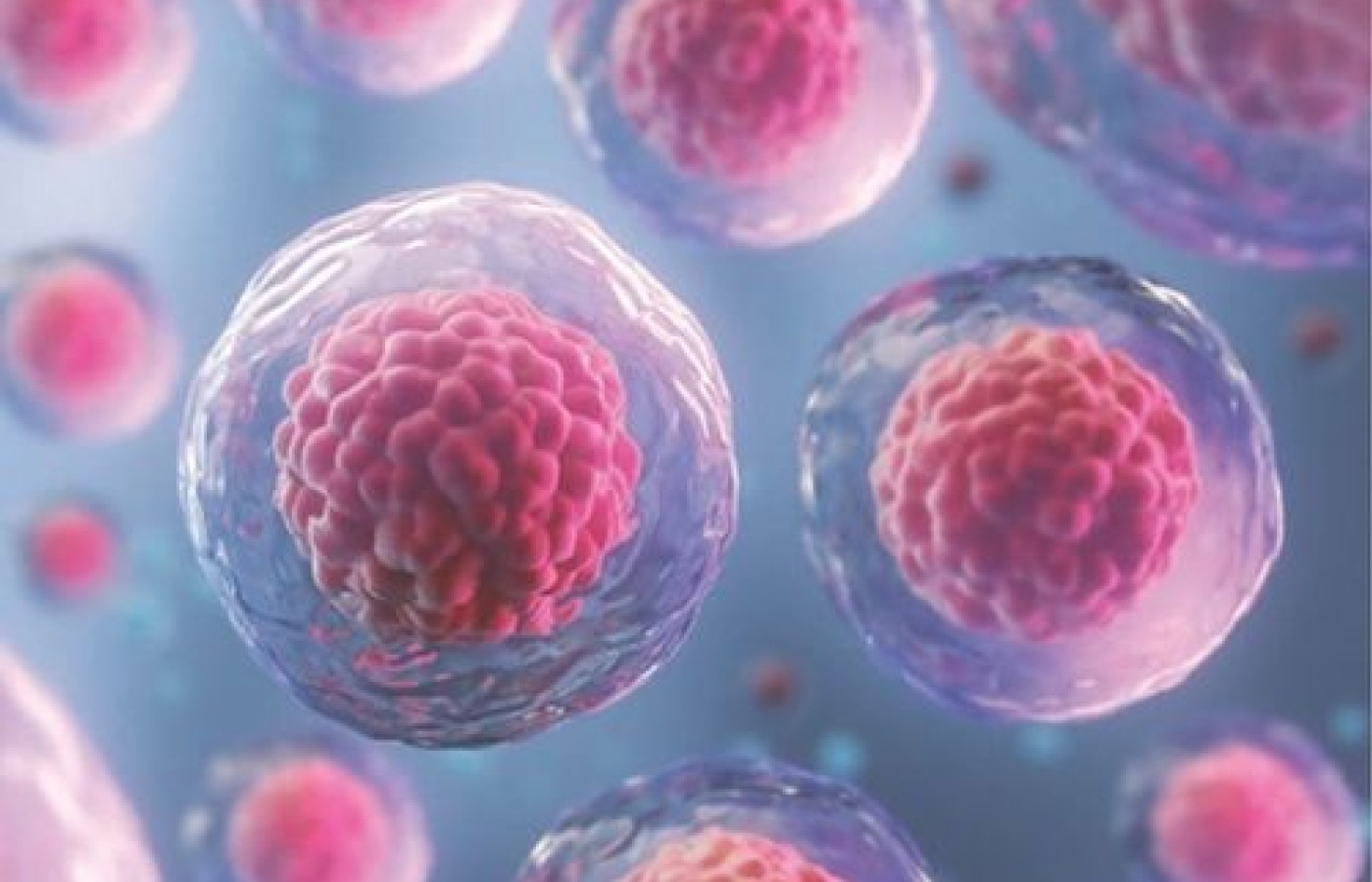Whether you accept it, avoid it or live somewhere in between, insurance coverage has become a defining issue for our profession. Patients increasingly expect to use their benefits, practitioners want to be compensated fairly for their time and expertise, and the system itself remains – at best – fragmented. The encouraging news is that coverage has expanded in meaningful ways. The challenging news is that reimbursement, across the board, remains inadequate.
Review of PBM Contraindications
Laser therapy, also known as photobiomodulation (PBM), is a non-invasive modality that delivers red and infrared laser light to biological tissue with the goals of stimulating cellular processes and enhancing the activation of biochemical mechanisms.1 Let's examine the contraindications for laser therapy.
A contraindication is a condition that makes a procedure inadvisable; and may be absolute or relative. An absolute contraindication is a situation that makes a particular treatment absolutely inadvisable, such as shining a therapy laser directly into the eye. A relative contraindication is a condition that makes a particular treatment possibly inadvisable, such as a recent steroid injection.2
NAALT Contraindications

In 2010, the North American Association of Laser Therapy (NAALT) held a membership consensus vote on laser therapy contraindications.3 They are listed as follows:
- Eyes: Do not aim laser beams into the eyes. Everyone present also should wear appropriate safety spectacles.
- Cancer: Do not treat over the site of any known primary carcinoma or secondary metastasis unless the patient is undergoing chemotherapy, in which case LLLT can be used to reduce side effects such as mucositis. LLLT, however, can be considered in terminally- ill cancer patients for palliative relief.
- Pregnancy: Do not treat directly over the developing fetus.
- Epileptics: Be aware that low-frequency pulsed visible light (<30Hz) might trigger a seizure in photosensitive, epileptic patients. The adverse effects of LLLT have been reported to be no different from those reported by patients exposed to placebo devices in trials.
The absolute contraindication against shining laser light directly into the eyes is the only one that is universally recognized, and should be patently obvious. Now let's examine the NAALT list and more possible PBM contraindications.
Cancer Sites: Yes or No?
First off, what about cancer? In cell culture studies, photobiomodulation has been shown to stimulate cancer cell growth4 and increase the aggressiveness of cancer cells,5 leading many to list cancer as a PBM absolute contraindication.
A 2018 paper by Hamblin examined the question, "Can PBM directly or indirectly attack cancer?" and proposed that PBM could be applied against cancer. Suggested mechanisms included direct tumor killing by high-dose PBM; selective potentiation of tumor killing due to metabolic differences; and stimulation of anti-tumor host immunity.
The Warburg Effect describes the mitochondria of cancer cells changing their metabolism to carry out aerobic glycolysis instead of oxidative phosphorylation, and explains why malignant cells and normal cells behave very differently in response to PBM.
Recent articles have indicated that PBM can increase cancer treatment outcomes and survival in cancer patients;6-9 and PBM is clinically recommended for the prevention and treatment of oral mucositis in patients undergoing chemotherapy.10
Hamblin's paper states, "Although there are a few articles suggesting that PBM therapy can be detrimental in animal models of tumors, there are also many articles that suggest the opposite and that light can directly damage the tumor, can potentiate other cancer therapies, and can stimulate the host immune system. Moreover, there are two clinical trials showing increased survival in cancer patients who received PBM therapy." And the paper concluded, "PBM therapy may have benefits in cancer patients and should be further investigated."11
Does this mean we should use laser therapy on all patients with active cancer? No. If a cancer patient is treated with laser and their disease worsens or they pass from the cancer in the near term, could the laser clinic be blamed? While no such cases have occurred in U.S. health care, it is wise to consider. In the end, the doctor will need to use their clinical judgment.
What About Pregnancy?
Pregnancy is listed as a contraindication because caution has historically been exercised with any modality during pregnancy. There is no evidence to support the idea of there being any risk in treating distant regions of the body relative to the uterus.12
In an interesting animal experiment, Avila observed cell damage in chicken embryos after irradiation with a HeNe laser through an opening in the egg. The dosage represented a very high dose of laser irradiation for the size and weight of the chicken egg compared with a human fetus inside a pregnant abdomen of an adult female.
Nevertheless, if any complication occurred after using a therapeutic laser, it could automatically be suspect and leave the clinician with the burden of proof.13 For women who know they're pregnant, about 10-15 percent end in miscarriage.14 And the baseline rate for birth defects in the U.S. is about 3 percent.15
The concept in play with both cancer and pregnancy is, "Correlation does not imply causation": If event A happens and then event B happens, it does not necessarily mean that A caused B. In our case, did PBM cause a cancer to worsen, or a miscarriage, or a birth defect? No, it did not.
Editor's Note: Part 2 of this article (January 2023 digital issue) discusses other potential contraindications to photobiomodulation.
References
- Hamblin MR. Photobiomodulation or low-level laser therapy. J Biophotonics, 2016 Dec; 9(11-12): 1122–1124.
- While the title of the organization includes "North American," there were many members present from Europe, India and Australia at this particular meeting.
- Sroka R, Schaffer M, Fuchs C, et al. Effects on the mitosis of normal and tumor cells induced by light treatment of different wavelengths. Lasers Surg Med, 1999;25:263-271.
- Sperandio FF, Giudice FS, Correa L, et al. Low-level laser therapy can produce increased aggressiveness of dysplastic and oral cancer cell lines by modulation of Akt/mTOR signaling pathway. J Biophotonics, 2013;6:839-847.
- Kalyanaraman B. Teaching the basics of cancer metabolism: developing antitumor strategies by exploiting the differences between normal and cancer cell metabolism. Redox Biol, 2017;12:833-842.
- Antunes HS, Herchenhorn D, Small IA, et al. Long-term survival of a randomized phase III trial of head and neck cancer patients receiving concurrent chemoradiation therapy with or without low-level laser therapy (LLLT) to prevent oral mucositis. Oral Oncol, 2017;71:11-15.
- Santana-Blank LA, Rodriguez-Santana E, Vargas F, et al.. Phase I trial of an infrared pulsed laser device in patients with advanced neoplasias. Clin Cancer Res, 2002;8:3082-3091.
- Del Vecchio A, Tenore G, Luzi MC. Laser photobiomodulation (PBM) - a possible new frontier for the treatment of oral cancer: a review of in vitro and in vivo studies. Healthcare, 2021 Feb;9(2):134.
- Elad S, et al. MASCC/ISOO clinical practice guidelines for the management of mucositis secondary to cancer therapy. Cancer, 2020 Oct 1;126(19):4423-4431.
- Hamblin MR, et al. Photobiomodulation and cancer: what is the truth? Photomed Laser Surg, 2018 May 1;36(5):241-245.
- Ibid.
- Avila R, et al. Histological effects of HeNe laser on chick embryo. Proceedings of the 10th International Congress of the International Society of Laser in Surgery and Medicine, 1993.
- Miscarriage. March of Dimes: Read Here
- Data and Statistics on Birth Defects. Centers for Disease Control and Prevention.
- Photosensitive Seizures. Cedars Sinai.



